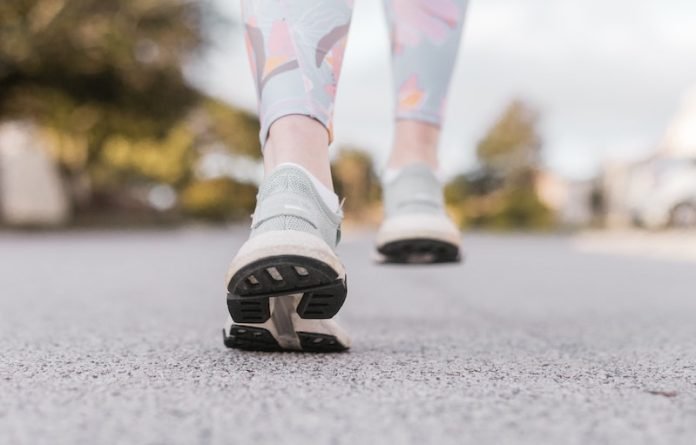
Elevated blood pressure is blood pressure that is slightly higher than what is considered ideal.
According to the American College of Cardiology and the American Heart Association, in Elevated blood pressure, the top number ranges from 120 to 129 mm Hg and the bottom number is below (not above) 80 mm Hg.
In a study from the American Heart Association, scientists suggest doctors should encourage otherwise healthy adults with slightly elevated blood pressure or cholesterol to sit less and move more to improve heart health.
They suggest doctors write exercise “prescriptions” for people with mild to moderately high blood pressure and cholesterol.
The prescriptions would include suggestions for how they can increase daily physical activity along with resources, such as health coaches and connections to community centers.
An estimated 21% of U.S. adults – about 53 million people – have blood pressure that’s considered a little too high.
This is measured by the top number, known as systolic blood pressure, falling between 120-139 mmHg or the bottom number, called diastolic blood pressure, falling between 80-89 mmHg.
Likewise, roughly 28% of U.S. adults, or about 71 million people, have slightly high cholesterol levels. This is measured by a “bad” LDL cholesterol score above 70 mg/dL.
The guidelines for blood pressure and cholesterol both suggest people in those slightly high ranges who otherwise have a low risk of heart disease or stroke be treated through lifestyle changes only.
These include increased physical activity, weight loss, improved diet, stopping smoking and moderating alcohol intake.
The new AHA statement recommends doctors ask patients about their physical activity levels at every visit, help them identify activities they enjoy and connect them to resources.
It also calls upon doctors to encourage and celebrate small improvements, such as walking or climbing the stairs more often.
Studies have shown that increased physical activity can lower systolic and diastolic blood pressure by an average of 3-4 mmHg and can decrease LDL cholesterol by 3-6 mg/dL.
The statement highlights research showing physically active people have a 21% lower risk of developing cardiovascular disease and a 36% lower risk of death from cardiovascular diseases compared to inactive people.
Federal physical activity guidelines suggest people participate in either a cumulative 150 minutes of moderate-intensity aerobic exercise or 75 minutes of vigorous aerobic activity weekly, plus two or more strength training sessions each week.
The team says every little bit of activity is better than none. Even small initial increases of five to 10 minutes a day can yield health benefits.
If you care about blood pressure, please read studies about cannabis linked to 3-times higher death risk in high blood pressure, and this common plant nutrient could help reduce high blood pressure.
For more information about nutrition, please see recent studies about how tea and coffee influence your risk of high blood pressure, and results showing this olive oil could reduce blood pressure in healthy people.
The study was published in Hypertension and conducted by Bethany Barone Gibbs et al.
Copyright © 2022 Knowridge Science Report. All rights reserved.



